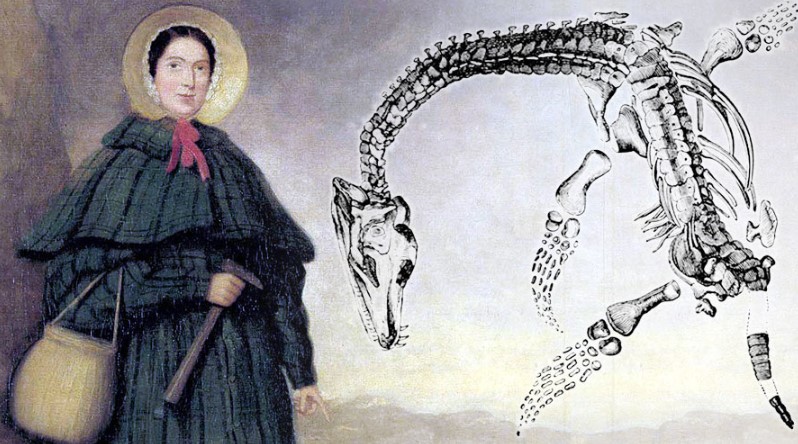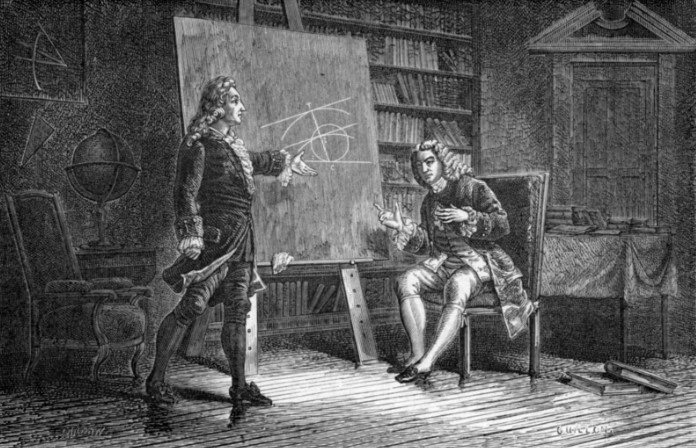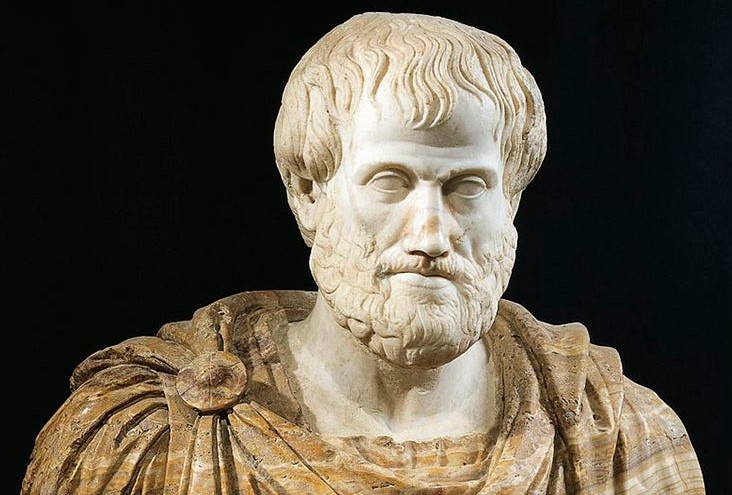
Mary Anning: The Pioneer of Paleontology
Early Life and Background
Mary Anning was born on May 21, 1799, in Lyme Regis, a small coastal town in Dorset, England. This town, part of the Jurassic Coast, is known for its rich deposits of Jurassic fossils. Mary was the fifth of ten children born to Richard and Mary Anning, although only two of her siblings survived to adulthood. The Anning family was poor, and they supplemented their income by selling fossils to tourists.
From a young age, Mary displayed a keen interest in fossils, a passion likely inherited from her father, a cabinetmaker who also collected fossils. The family’s financial struggles meant that Mary had limited formal education, but she was highly intelligent and curious. Her fossil collecting began as a necessity but soon grew into a lifelong pursuit that would revolutionize the field of paleontology.
Discoveries and Contributions
The First Major Discovery: Ichthyosaurus
In 1811, when Mary was just 12 years old, she and her brother Joseph discovered the first complete Ichthyosaurus skeleton. This marine reptile, dating back to the Jurassic period, was unlike anything seen before. The discovery was groundbreaking, challenging contemporary scientific understanding and laying the groundwork for the field of paleontology.
The Plesiosaurus and Other Significant Finds
Mary Anning’s most famous discovery came in 1823 when she uncovered the first complete Plesiosaurus skeleton. This long-necked marine reptile further solidified her reputation as a leading fossil hunter. The specimen was so unique that some scientists initially doubted its authenticity, but subsequent finds confirmed its importance.
In addition to the Ichthyosaurus and Plesiosaurus, Mary discovered many other significant fossils, including the first British pterosaur (a type of flying reptile) and several important fish fossils. Her meticulous methods and detailed records of her finds greatly contributed to the scientific community’s understanding of prehistoric life.
Challenges and Recognition
Gender and Social Barriers
Despite her significant contributions, Mary Anning faced considerable obstacles due to her gender and social class. As a woman in the early 19th century, she was excluded from the scientific community and its institutions. She could not join the Geological Society of London or attend its meetings, and her work was often published by male scientists who did not credit her.
Recognition and Legacy
It was not until later in her life, and posthumously, that Mary Anning received the recognition she deserved. The Geological Society of London did not admit women until 1904, long after her death in 1847. However, prominent scientists of her time, such as Henry De la Beche and Richard Owen, acknowledged her expertise and contributions. In 2010, the Royal Society included Mary Anning in a list of the ten most influential British women in the history of science.
Scientific Impact and Legacy
Advancing the Understanding of Extinction
Mary Anning’s discoveries were crucial in advancing the understanding of extinction, a concept still relatively new in her time. Her fossils provided clear evidence that species could become extinct, challenging the prevailing belief in the immutability of species. This helped pave the way for the acceptance of evolutionary theory later in the 19th century.
Influence on Contemporary Scientists
Anning’s work had a profound influence on many contemporary scientists. Charles Lyell, a leading geologist, and Charles Darwin, the father of evolutionary theory, were both aware of her contributions. Her discoveries and the detailed observations she provided were instrumental in the development of paleontology as a scientific discipline.
Educational Contributions
Beyond her fossil discoveries, Mary Anning also contributed to scientific education. She shared her knowledge with visiting scientists and collectors, educating many about the Jurassic Coast’s rich fossil beds. Her fossil shop in Lyme Regis became a center for learning and exchange of ideas, fostering a greater public interest in geology and paleontology.
The Mary Anning Fund
To honor her legacy, the Mary Anning Fund was established to support women in the field of paleontology. This fund aims to provide financial assistance and recognition to women who are making significant contributions to the field, ensuring that Anning’s pioneering spirit continues to inspire future generations of scientists.
Conclusion
Mary Anning’s life and work exemplify the profound impact that passion, perseverance, and intelligence can have on scientific discovery, despite societal barriers. Her contributions to paleontology have left an indelible mark on the field, providing a foundation for future research and exploration. As we continue to uncover the mysteries of prehistoric life, Mary Anning’s legacy remains a guiding light, reminding us of the importance of curiosity and dedication in the pursuit of knowledge.


